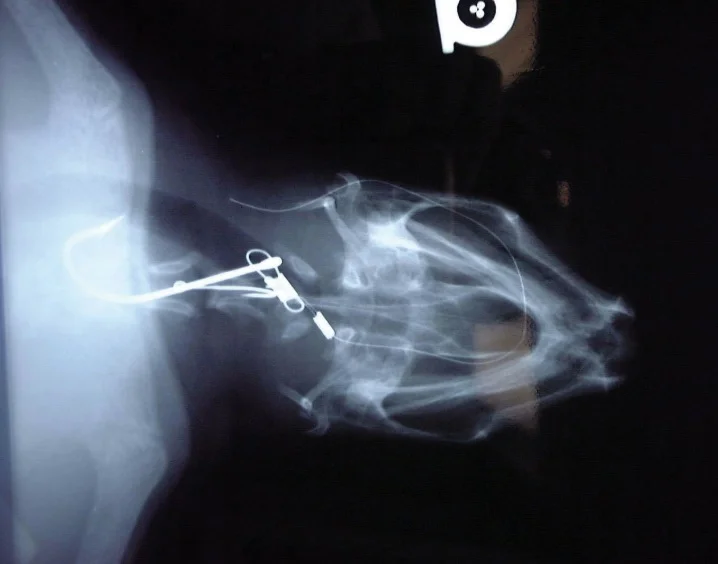These complexities of sea turtles’ life histories complicate the task of drawing precise boundary lines around each stock. And although current means of studying stock structure are limited on their own— such as molecular genetics, tagging, and satellite telemetry—limitations can be overcome when these tools are employed together.
Read MoreFishers themselves are at the front line of the fisheries bycatch battle. This program focuses on deriving solutions that will allow fishers to continue to earn a living from the ocean, while simultaneously protecting the marine environment for the long term.
Read MoreThe billions of hooks set on longlines throughout the world’s oceans each year injure and kill millions of animals other than the fishers’ targeted fish species. So what can we, as consumers and informed citizens, do about it?
Read MoreWhile most boats fishing for tuna already set their lines deep, normal setting practices still leave a good portion of the baited hooks in shallow water where they are likely to snare a swimming sea turtle. WWF’s International Smart Gear Competition awarded Steve Beverly the grand prize for his innovative ideas to create more turtle-friendly fishing tech.
Read MoreStory after story tells that bycatch in pelagic and coastal fisheries may be one of the greatest threats to sea turtles in the open ocean, where they spend a great portion of their lives. A variety of current research is testing new approaches to fishing to reduce that threat.
Read MoreKamiali now stands out as the only area of protected reef and forest along this entire coastline. A globally important sea turtle population is recovering from years of over-harvest. And other communities with valuable forests and reefs are now keen to replicate the Kamiali approach in adjacent areas.
Read MoreIn 2004, a remarkable series of events took place in Costa Rica that has helped to dramatically improve the state of marine and terrestrial protection throughout the country and throughout the Central American region.
Read MoreHoping to gain an organism’s-eye view of the aquatic world, the Tagging of Pacific Pelagics (TOPP) project is deploying thousands of satellite transmitters on large marine species. As these animals move about the Pacific, the high-tech tags gather information that is instantly transmitted to onshore labs.
Read MoreIn 1947, Andres Herrera documented an estimated 40,000 Kemp’s ridleys nesting simultaneously in a single day at Rancho Nuevo, Mexico. Fourteen years later, scientists were shocked to see this phenomenon on tape because by then, Kemp’s numbers were reduced to approximately 6,000 animals in an entire year.
Read More







